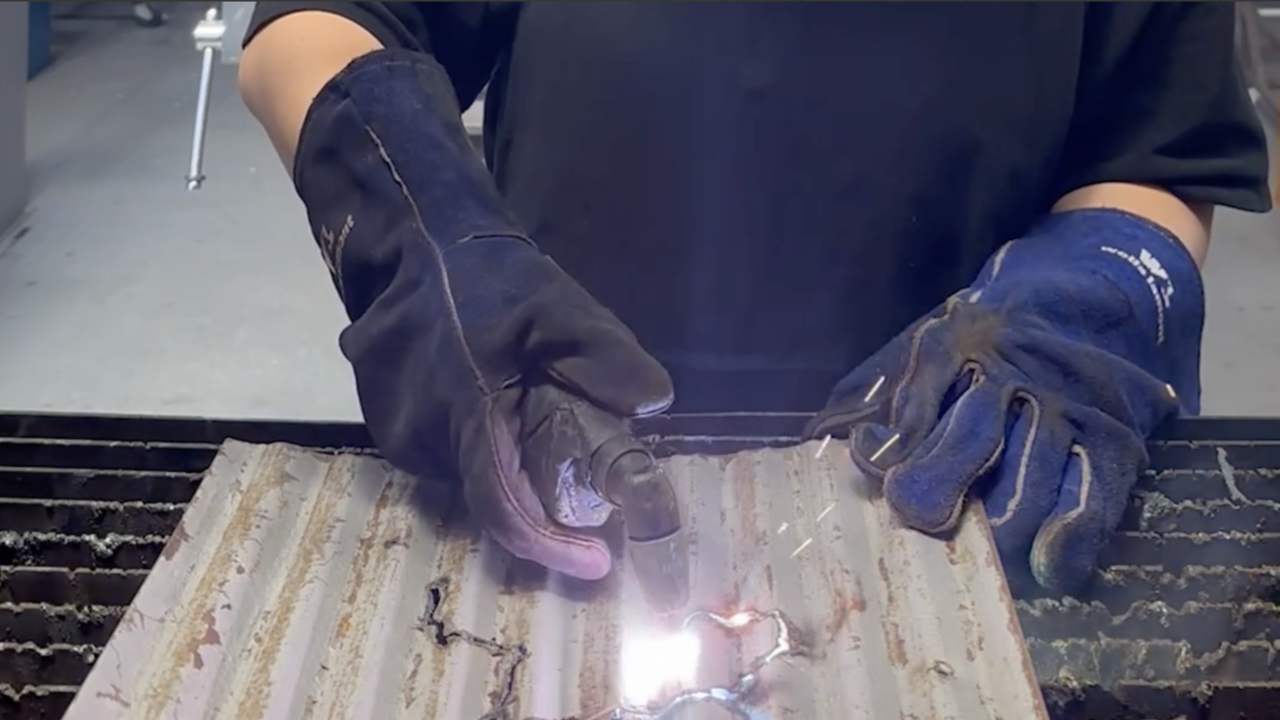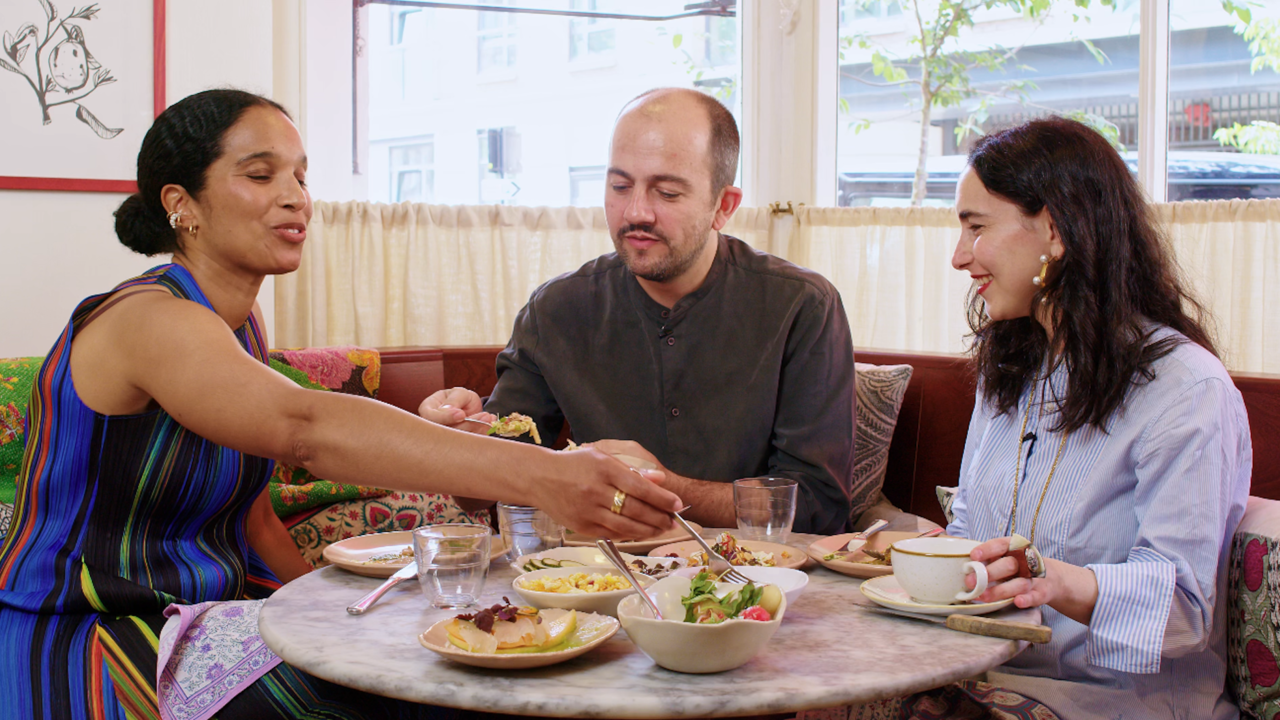If I Can't Dance, I Don't Want To Be Part Of Your Revolution

The relationship between the visual arts and stage-related practices such as theatre, music and dance has been marked by both fruitful convergence and latent repudiation. The visual arts gained parity with other elements of theatre in the Romantic Gesamtkunstwerk, later upheld by the historical avant-gardes. Conversely, a number of post-studio practices from the 1960s and ’70s – including Fluxus, early Conceptualism and Happenings – adopted strategies inherent in the performing arts, fostering an interdisciplinary merging that was eventually institutionalized under the banner of Performance art. Today it constitutes a strong impulse in art, from a wealth of neo-Conceptual and relational works to a crop of recent retro-Modernist films and installations. As idyllic as this recurring love affair may appear, there still persists a deeply rooted delineation and a conspicuous impatience whenever the worlds of theatre and visual arts find themselves facing each other over the disciplinary divide.
The intricacies of this ambivalent relationship provided an unexpectedly potent impetus for ‘If I Can’t Dance, I Don’t Want To Be Part Of Your Revolution’, a project initiated by Festival a/d Werf in Utrecht, Theatrefestival Boulevard in ’s-Hertogenbosch and De VeenFabriek in Leiden. Led by their respective visual arts curators, the programme proposed an ambitious investigation into performance, inviting a group of predominantly visual artists to engage with issues such as live presence, repetition, temporal and spatial condensation, and an active relationship with an audience. Conceived as a dynamic process, the project consisted of a series of newly commissioned works, produced for a specific occasion or evolving over a period of time. The project will continue over the next two years, with its focus contingently shifting, offering an opportunity to reflect on the process of production and its variable outcomes.
The prologue in Utrecht in May comprised a loose series of lectures, improvisations and presentations. Sixteen artists and groups took part, including Heather Allen and Maria Pask. Out of the initial group, five core projects were presented at the next stage of development in ’s-Hertogenbosch, and then again in Leiden in November. Taking the title of their project from a quote attributed to early 20th-century Lithuanian
revolutionary Emma Goldman, the curators invoked the idea of performativity as rooted in the conviction that, within a particular social context, the possibility of self-expression is a concrete political concern. But these five projects pointed more astutely to the potential of transformation across different forms of expression.
Central to End on Mouth (2005), Yael Davids’ abstract play, is a twofold conditionality: the separation between the voices and bodies of the performers hidden in the crudely hewn wooden stage-like structure; and the actions undertaken within this space directly dependent on its architectural properties. Gerard Byrne’s 1984 and Beyond (2005) – another in his signature re-enactments of found cultural materials – employs the tragicomic obsolescence of Modernist ideals to address the credibility of translating the written word into its spoken counterpart and then into cinematic convention. Ligna (Ole Frahm, Michael Hueners and Torsten Michaels), an activist radio group, researched local histories to create instructional participatory situations: a radio ballet enacted by the audience in the city streets and a self-evolving ‘living’ monument staged in a former blanket factory (De Oorspronkelijke Verstrooing, The Previous Dispersion, 2005).
Ligna’s active reclamation of public space introduced a political interest articulated perhaps most intriguingly in the last two projects. Matti Braun’s The Alien (2005), based on an unrealized script by Satyajit Ray, is a play performed by an entirely non-professional cast, directed and designed as a sort of a Minimalist reverie by the artist. Of the five projects it came closest to theatre; yet in its relentless ‘flatness’ it brought a trying frisson to the supposed seamlessness of the theatrical experience. If its value as theatre is dubious, the sheer force of authorial vision reaching across disciplines and bending them to its own ends is a distinctly political decision. On the other hand, the grand finale of Johanna Billing’s You Don’t Love Me Yet (2002– ongoing) affirmed the need to locate the political within the sphere of sociability. And this wasn’t the innocuous ‘get together’ of a relational wet dream; it was an endurance test of more than five hours in a half-finished unheated theatre, high on energy ratcheted up by endless cover versions of the same Roky Erikson song and by all the awkward, thrilling and otherwise uneventful intervals in between. At the end of the night the stage was spontaneously stormed by an unruly crowd ready to, quite literally, shake it up.
Billing was concerned that the project’s crucial rift between an offer of sociability and the difficulty of its realization would be neutralized by the consensual culture of the Netherlands, which habitually smothers dissent for the sake of harmonious co-existence. The success of ‘If I Can’t Dance …’ lies in its determination to pose questions about the uneasy relationship between the visual arts and theatre, proposing an intelligent model for visual art’s presentation in a non-visual art context, not by an enforced curatorial framework or theme but through the thoughtful development of the works themselves.
















